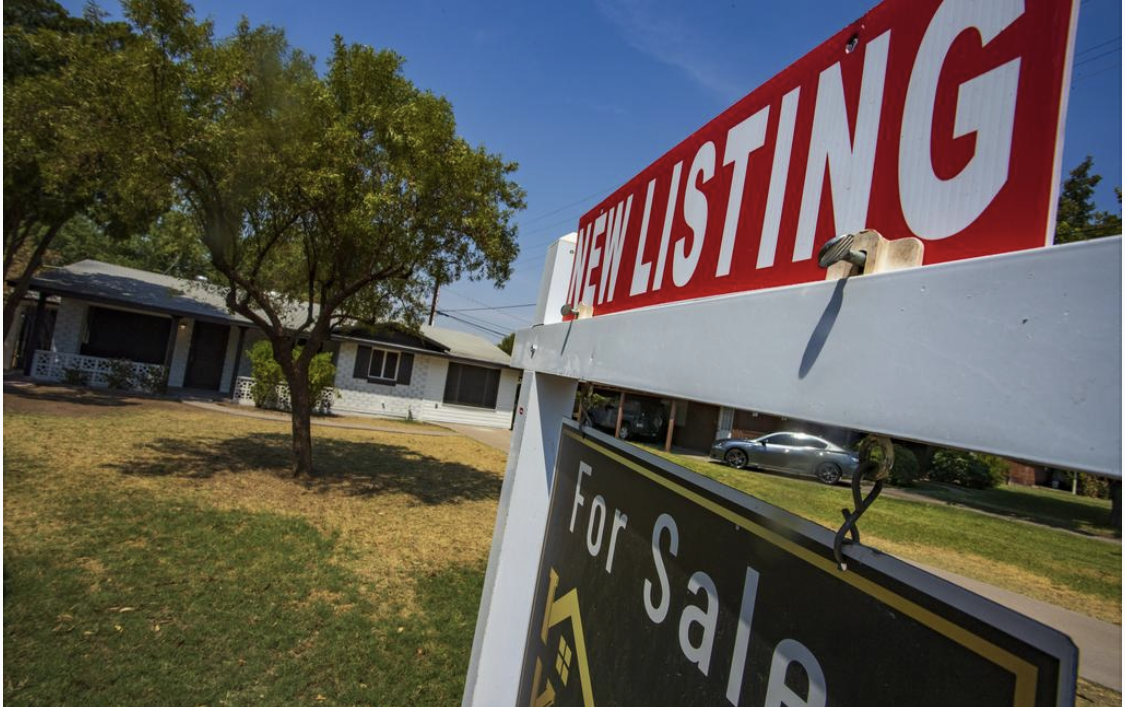The Phoenix area is set to see a surge in home sales in 2021, with prices continuing to rise more than the national average.
That’s according to Realtor.com’s 2021 Housing Forecast, which predicted home sales in the Valley next year to jump 11.4% over 2020 levels, the 11th-largest expected increase among the top 100 metros in the U.S.
Average prices are expected to jump as well, cranking up by 7% in the Valley, which is the 12th biggest rise forecasted in the report.
Nationally, home prices are expected to rise 5.7% next year, with existing home sales up 7% and housing starts up 9%.
Arizona’s second-largest housing market, in Tucson, is expected to see a 3.4% year-over-year rise in home sales next year, with prices increasing by 4.5%, according to the forecast.
Nationwide, the analysis predicts inventory to make a steady comeback and give buyers some relief, but interest rates are expected to increase by the end of 2021, to 3.4%, combining with rising prices to make affordability a continuing challenge.
That affordability challenge will help slow the rise in prices as 2021 progresses, the report said.
“The 2021 housing market will be much more ‘normal’ than the wild swings we saw in 2020. Buyers may finally have a better selection of homes to choose from later in the year, but will face a renewed challenge of affordability as prices stay high and mortgage rates rise,” Realtor.com Chief Economist Danielle Hale said in a statement. “With less cash and no home equity, millennial and Gen Z first-time buyers will be impacted the most by rising home prices and interest rates. While waiting until the fall or winter months of 2021 may mean more home options to choose from, buyers who can find a home to buy earlier in the year will likely see lower prices and mortgage rates.”
For sellers, the report said homes are likely to continue selling relatively quickly even though the time a home stays on the market will gradually increase next year in most places.
Some areas, however, will continue to see fast sales, the report said.
In the Valley, where housing inventory hasn’t been able to keep up with demand all year, the average home was selling within 27 days in October, down from 39 days in October 2019, according to a recent study by RE/MAX that also found the Valley’s median sales price was up 17.5% this year, to $334,945.
Seller's market
The Realtor.com forecast said prices are expected to grow more slowly than in 2020. Still it will be a seller’s market nationally with the number of buyers expected to outweigh the number of homes on the market through the end of the year.
Suburban home sales could be among the strongest, especially if workers are able to continue working remotely, the report said, citing a trend that already has been underway for a few years and has picked up steam since the start of the Covid-19 pandemic.
It remains to be seen whether that trend will hold if a vaccine is made widely available and urban employers begin bringing employees back to their offices, the report said.
That’s one of a few wild cards for the future of the housing market presented by the ongoing pandemic. The report cited the possibility of new lockdowns and restrictions putting a dent in housing inventory and sales and making things harder for buyers.
Conversely, the report said, a speedy vaccine rollout could lead to better-than-expected sales with increases in home prices and inventory.
Another possibility with major implications for the housing market is a double-dip recession in 2021
“As the U.S. continues in a K-shape recovery, a gap is widening between those with and without jobs as well as industries recovering well versus those seeing continued lack of business,” Realtor.com said in a statement. “In the short term, this could lead to less consumer spending which could more broadly impact businesses and economic growth. In the long term, this could impact the U.S. housing market as ‘would-be’ buyers disappear from the market, cooling demand and driving down home prices. The current question is how long the K-shape can diverge before the impact begins to cascade into the broader economy and other previously less-affected sectors such as housing.“
By Jeff Gifford – Digital Editor, Phoenix Business Journal

















